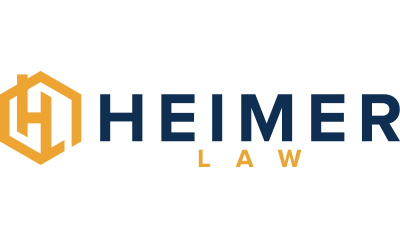Laws change. By the time your newly adopted child is ready to get a RealID, the laws might have changed. However, it makes sense right now to take the steps needed to ensure that your child will be able to get a RealID when it’s time.
What’s a RealID?
In simple terms, a REAL ID is a driver’s license or state-issued identification card that meets federal security standards. May 7, 2025 was the deadline for individuals to update their previous state-issued IDs to meet the new federal standards.
The REAL ID Act was passed by Congress in 2005, largely in response to the 9/11 Commission’s recommendation that the federal government establish better standards for identification documents. Here are the key reasons for its implementation:
- Improved security: The primary goal was to make state-issued driver’s licenses and identification cards more secure and less susceptible to fraud. Before the REAL ID Act, standards varied significantly between states, making it easier for terrorists or other criminals to obtain fraudulent identification.
- Prevention of terrorism: By setting federal standards for identity verification and card production, the REAL ID Act aims to hinder terrorists’ ability to obtain and use fake IDs to facilitate attacks.
- Reduced identity fraud: Stricter requirements for verifying identity and residency make it more difficult for individuals to steal identities or create fake documents for illegal purposes.
The REAL ID Act establishes a set of identification standards that federal agencies can rely on.
What are RealIDs used for?
Specifically, federal agencies are prohibited from accepting driver’s licenses and identification cards from states that do not meet these standards for certain “official purposes,” including:
- Boarding federally regulated commercial aircraft
- Accessing federal facilities
- Entering nuclear power plants
Anyone who wants to do these things must have a RealID.
What’s the connection with adoption?
Many adopted children change their names upon adoption. They may have a new first name, a new family name, or both. The REALID Act requires that people who have changed their names present “linking documents.” That is, a woman who changed her name from her maiden name to her married name must show her marriage license.
An adopted child who changed her name must be prepared to show her adoption papers. Her first birth certificate, her post-adoption birth certificate, and her finalized adoption certificate would show the old name, the new name., and the link between the two.
Since this is a new process, there may be changes and adjustments over time. However,r adoptive parents can make sure that their child is prepared by being sure to make any name changes officially and legally, with the relevant documents linking the old name to the new name.
Adoption is a legal process, and it can be complex. Heimer Law can support you throughout your adoption journey.
Inquiry Form
